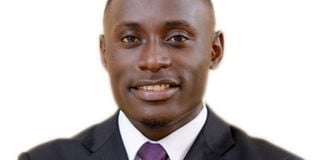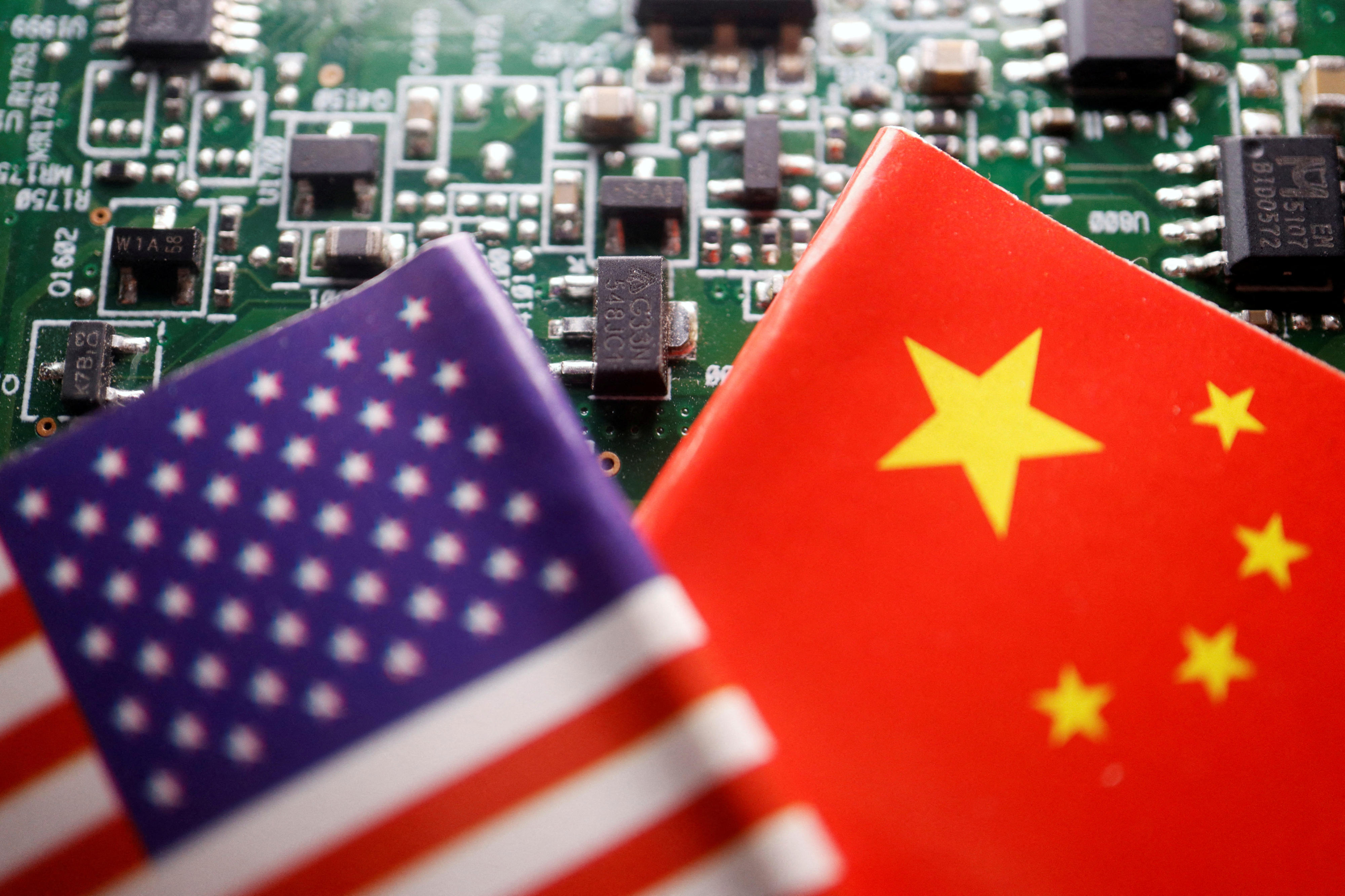Media should emphasise African ownership when reporting on China-supported projects

Ronald Kato
What you need to know:
- Negativity. By reporting that the dam is Chinese and not Ugandan, the media is trying to link words such as debt-trap diplomacy, a favourite line by American diplomats lately, to discredit Chinese-funded projects.
Last month, Uganda commissioned a new hydro-power dam on the River Nile. Isimba Dam (183MW) was built by Chinese firm, China Water and Electric.
At least 85 per cent of the project was financed through a loan by the Exim Bank of China, with the government of Uganda settling the rest of the $566m bill.
As is mostly the case with China-funded projects in the developing world, the media, especially Western press carried stories that depicted the dam as more Chinese than Ugandan. Headlines such as “Chinese dam opens in Uganda”, “Chinese railway launched in Kenya” and “Chinese highway under construction in Zambia” are not new and are no longer shocking.
What is disturbing about them though is how they deny Africans agency, responsibility and involvement in projects built for their own benefit, with the consent of their own governments and leaders, by the People’s Republic of China.
While dams, ports, highways and airports projects that China is funding in many developing countries are conceived and get assessment regarding viability by African authorities, sometimes with the help of independent consultants, the kind of media reporting that is extended to them makes them seem like they were simply imposed by the funder (China) without the participation and approval of the host governments.
The condescending reporting also strips the projects of legitimacy. When journalism portrays anything as foreign, it is likely to struggle with acceptance from those it is intended to serve. And because most of these projects are built using loans from the Chinese government, media calling a dam or a highway Chinese brings taxpayers to question whether they are paying for a national asset or one that belongs to a foreign government.
Public opinion, therefore, will be shaped against a project because biased reporting has transferred ownership to someone else.It is journalism that is inaccurate, offensive and downright disempowering.
Moreover, this kind of reporting is meant to appeal to a few but cynical, neo-liberal voices who are opposed to the Belt and Road Initiative (BRI), the framework that China is using to build ultra-modern infrastructure to enhance trade and connectivity with Asia, Africa and Europe.
By reporting that the dam is Chinese and not Ugandan, the media is trying to link words such as debt-trap diplomacy, a favourite line by American diplomats lately, to discredit Chinese-funded projects in Africa and the rest of the developing world and to portray Beijing as a predatory lender.
While it is editorially correct for the media to mention China as the source of funds, it is not proper to distort facts about ownership and local responsibility and input. In the case of Isimba Dam for example, it is proper to mention that 8,000 Ugandans were employed during the dam’s construction where 13 per cent held managerial roles and 50 per cent did the technical work.
Also, more than $260m was spent in Uganda for the purchase of fuel, steel, cement and vehicles. Reporting that emphasises local ownership helps to humanise a project as opposed to casting it as one conceived and built by a foreign capital to cater for its own interests. The media should always strive to show the world how big Africa’s infrastructure gap is, and how it has held back the potential of African economies and their place in the global economy- and then show how China is helping the continent bridge this gap.
The same reporting was extended to Kenya’s Standard Gauge Railway, a major infrastructure project. While it fits into the country’s modern transport and infrastructure ambitions, the project is also part of a regional initiative to develop railway transport and to bring down the cost of moving goods to and from Mombasa port, also known the Northern Corridor Project.
There were no kind words either for the Ethiopia-Djibouti railway, Africa’s first fully electrified railroad when it opened in 2017. Despite it being Ethiopia’s most dependable and cheapest opening to the sea, western media still called it Chinese, despite the fact that it goes through not a single centimetre of Chinese land. By writing news this way, the media subtly erased 100 million Ethiopians from their own railway.
Projects funded by western governments or multi-national lenders are curiously not extended the same condescending headlines. Instead, beautiful pictures and carefully done interviews of happy citizens are used to illustrate the need for the project.
The selective journalism that heaps praise on deeds by the West, that seeks to show Western humanity and concern towards the developing world, but reports on Chinese-funded works as driven by greed, a rush for Africa’s natural resources and a veiled attempt at colonising Africa- is meant to augment negative and critical Western notions about BRI. Journalism should put the stories of those that benefit from China-funded projects- the school children able to read at night because their school got electricity, the men who got employment from an industrial park in their village, first. People should not be erased from their own stories.
The writer is a journalist and a China-Africa Press Centre Fellow East African region and beyond.




